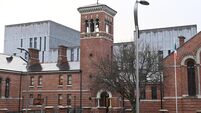Disaster ferry 'was at full speed'
The Staten Island ferry was going at full speed when it crashed into a pier killing 10 people, a federal investigator said today.
“It was not speeding up … we’d say it was going at full speed at the time,” National Transportation Safety Board Chairwoman Ellen Engleman said.














